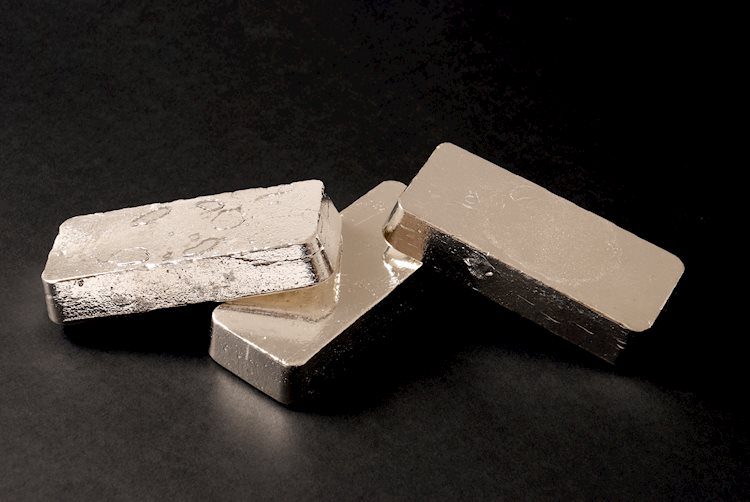Silver prices are currently trading below the 50-day Simple Moving Average (SMA) at $31.37, with a key support level at $30.84 crucial for preventing a deeper pullback. The bearish momentum continues with the Relative Strength Index (RSI) falling into the seller’s territory, indicating a preference for near-term downside movement. To initiate a bullish recovery, a close above $31.50 is necessary, with potential targets of $31.75 and $32.00.
Despite facing losses, Silver’s price uptrend remains intact, with the fall of US Treasury yields preventing further declines. However, a break below the November 6 low of $30.84 could lead to a deeper pullback, with potential support levels at the 100-day SMA at $30.27 and the September 5 high turned support at $29.17. A bullish scenario would require a close above $31.50, potentially leading to a challenge of the July 11 high at $31.75 and further targets at $32.00 and $32.51.
The RSI indicates bearish momentum in the near term, underscoring the ongoing pressure on Silver’s price. Factors influencing Silver prices include its safe-haven status during geopolitical instability or economic downturns, as well as its correlation with interest rates and the US Dollar. Additionally, demand from industries such as electronics and solar energy, as well as consumer demand in countries like China and India, can impact Silver prices.
Silver is often used as a store of value and a medium of exchange, providing investors with a potential hedge during periods of high inflation. Traders can buy physical Silver in coins or bars, or trade it through Exchange Traded Funds that track its price on international markets. The metal’s high electric conductivity makes it essential in various industries, with demand fluctuations affecting its pricing dynamics. Silver prices usually follow Gold’s movements, with the Gold/Silver ratio helping investors gauge the relative valuation between the two metals.
In conclusion, Silver prices are currently facing bearish momentum but retain the potential for a bullish recovery if key resistance levels are breached. Factors such as geopolitical events, interest rates, and industrial demand can influence Silver prices, making it a versatile asset for investors looking to diversify their portfolios. By understanding the technical indicators and fundamental drivers of Silver’s price movements, traders can make informed decisions to capitalize on potential opportunities in the precious metal market.











